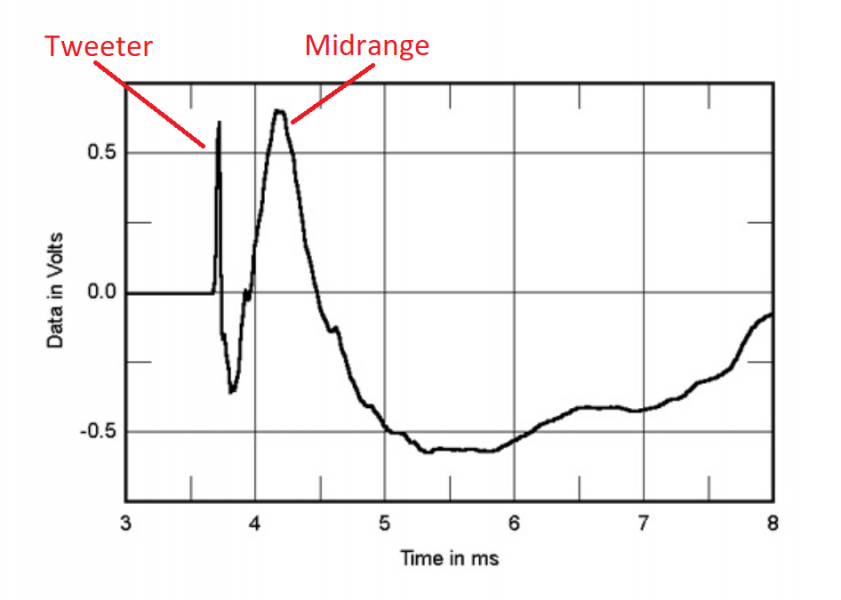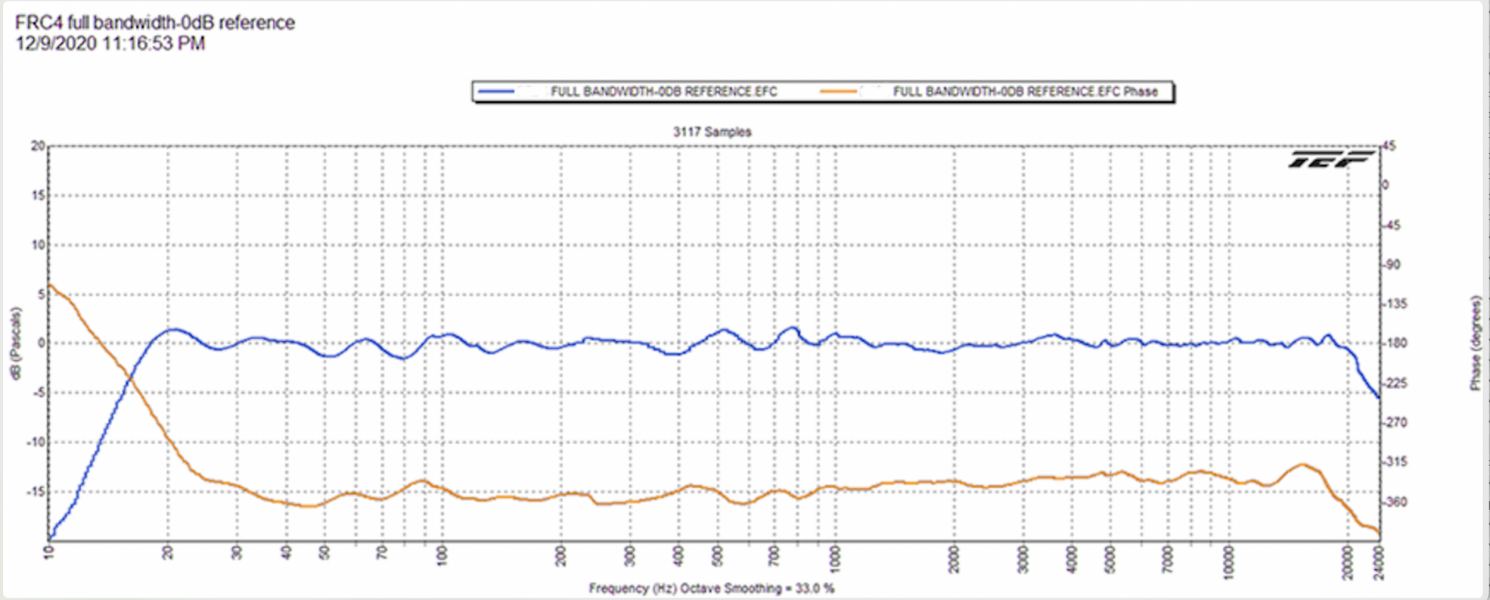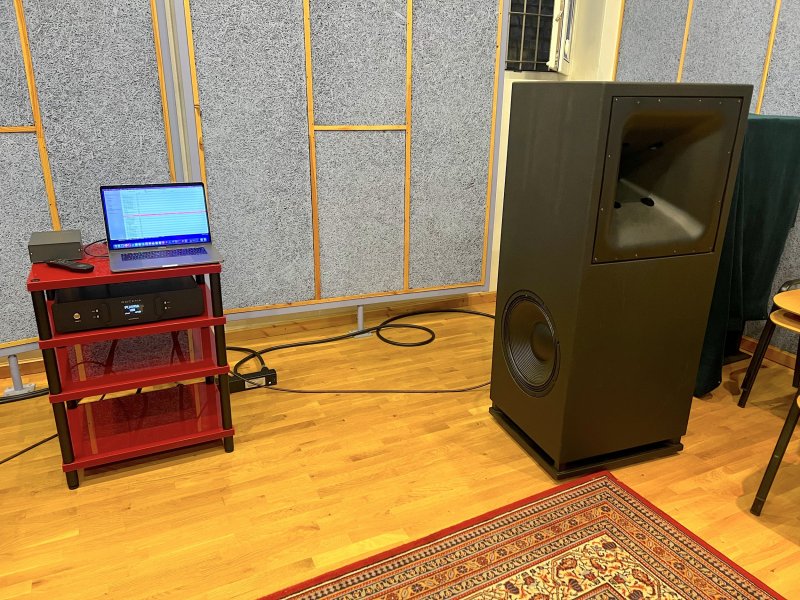It can be related to many things .Do you attribute what you heard from those system just to the physical alignment of the speaker drivers, not to any other aspect of the system or of the speakers themselves?
X over etc.
But as these new designs are basically the culmination of their time alignment philosophy i commented on that .
They also had a sub running as far as i could see , not a subsonic but another sub if im not mistaken.
Its always difficult to get full integration.
Im talking the Nagra room here .
The alexx d agostino room i didn t like either.
No bass thin metallic sound same as wp daw. D agostino
Unfortunately i missed the whole gangway in the atrium with XVX VTL.
But as this is a magico thread .
I hope the M 9 will outperform the M6 .
The M6 sounded not like a special Ls on the soulutions.
At least to my ears
I never heard the M 9 or magico horns
Last edited:




